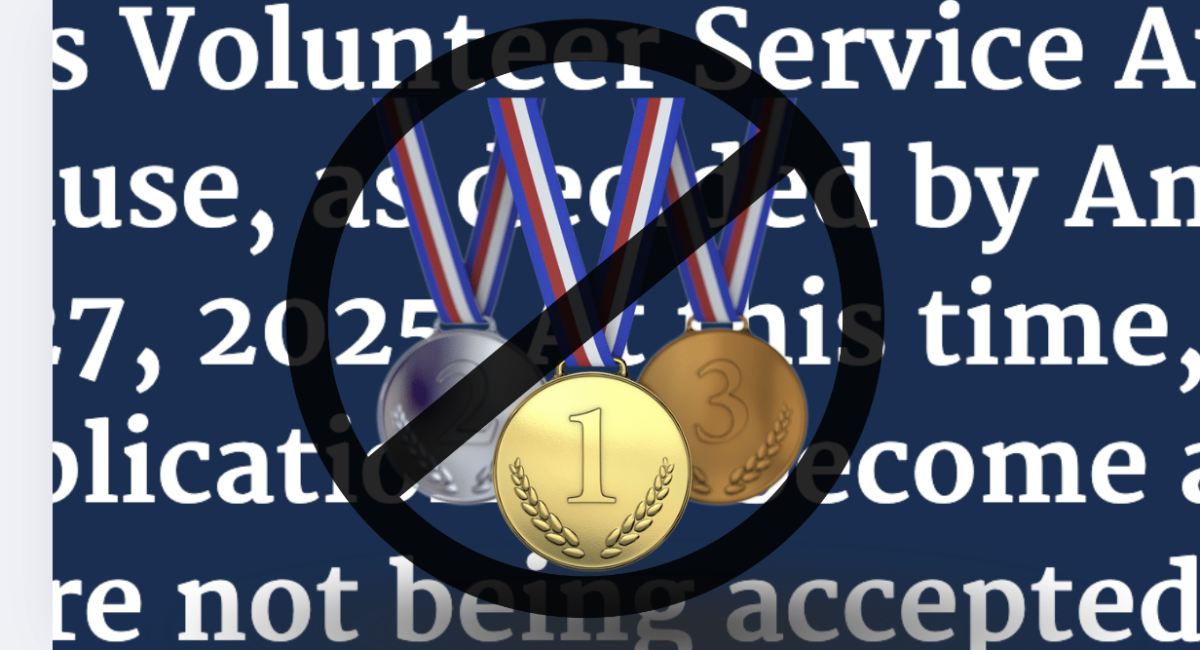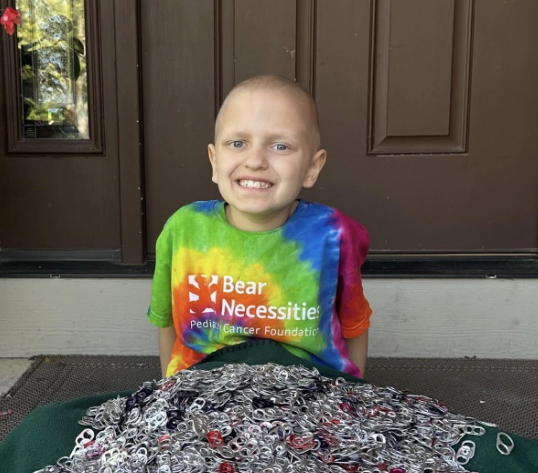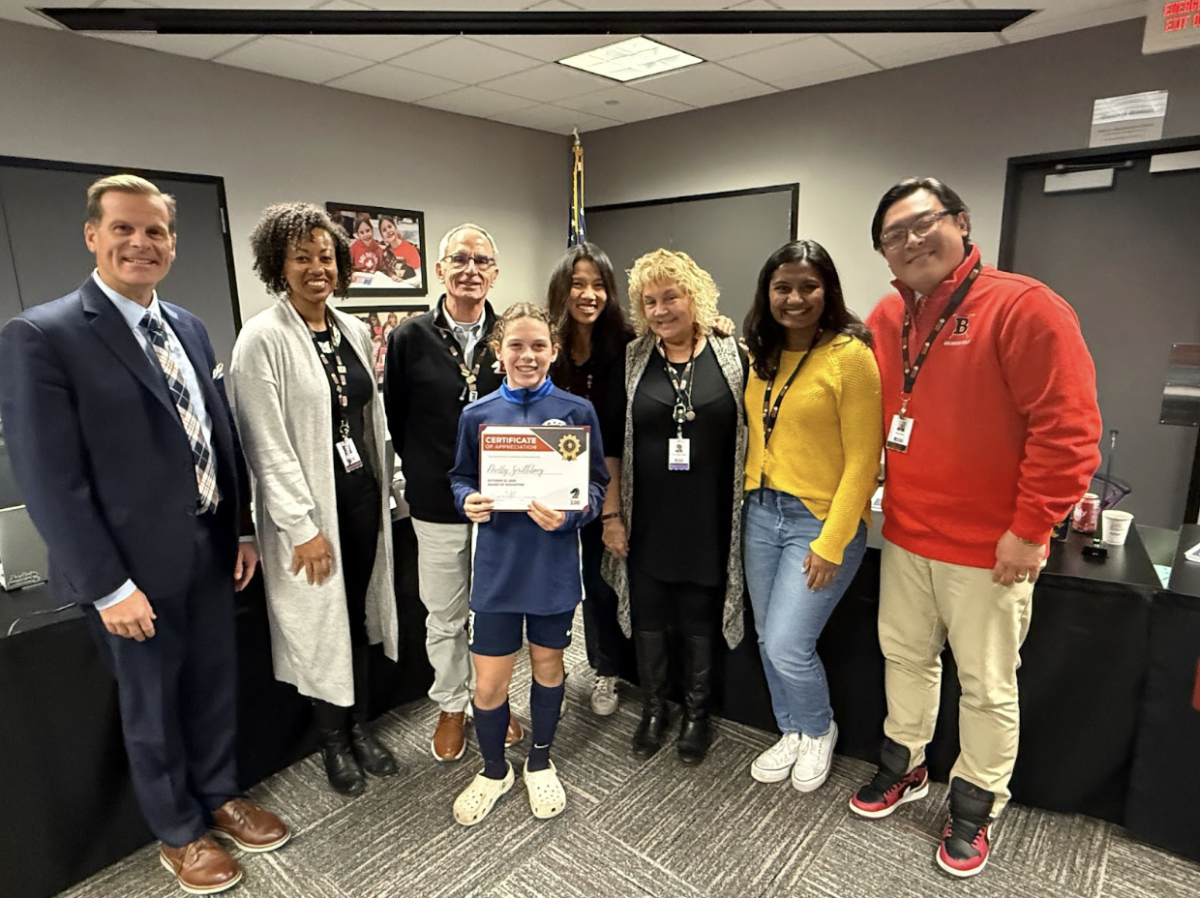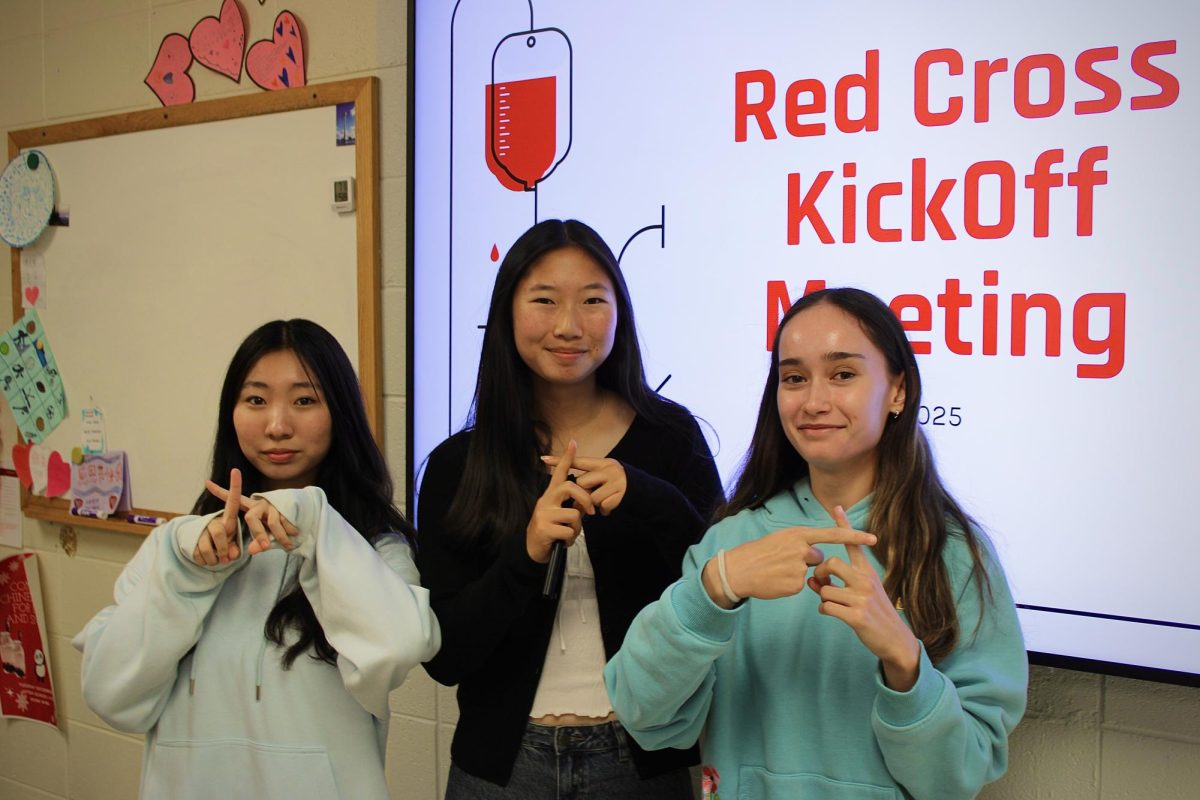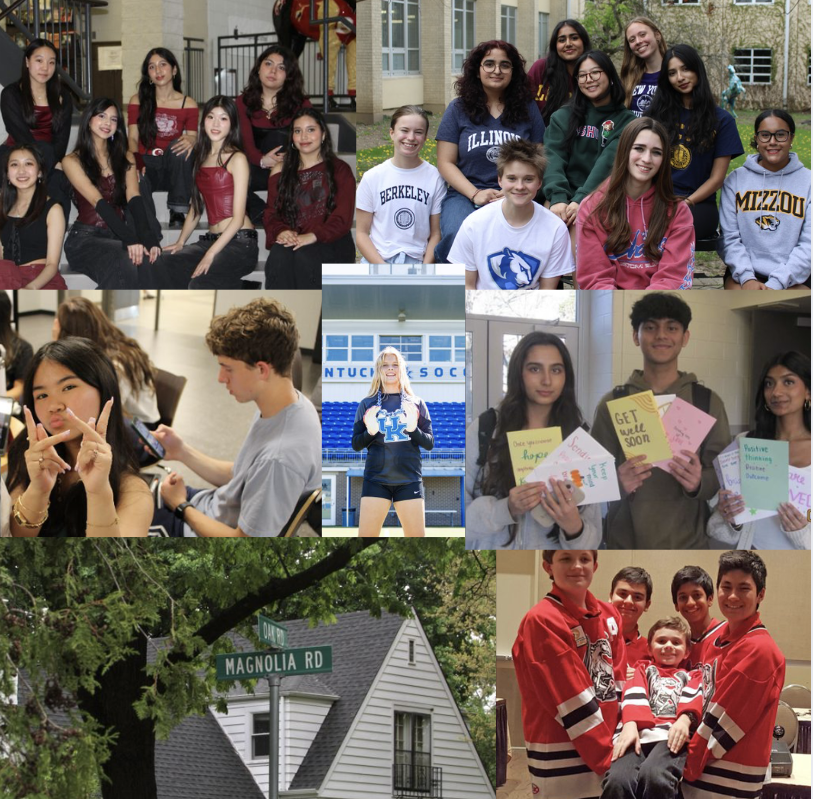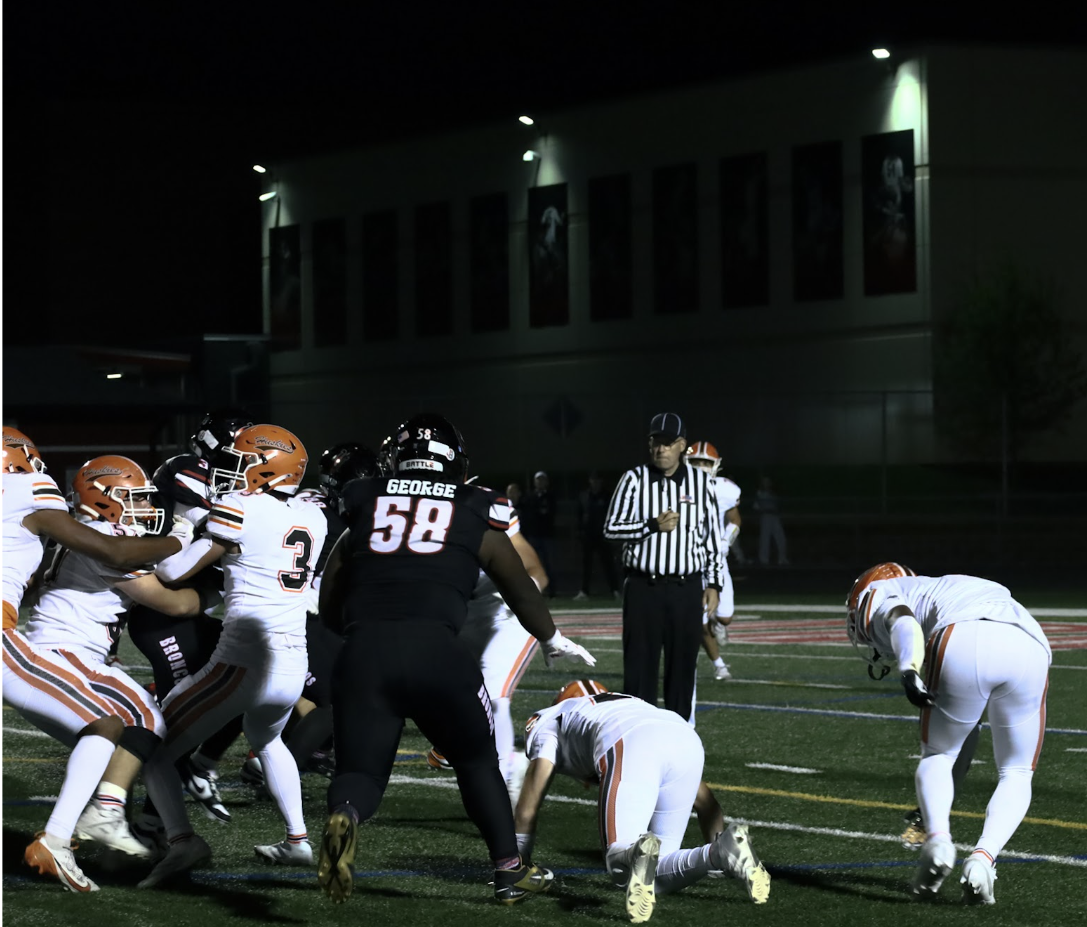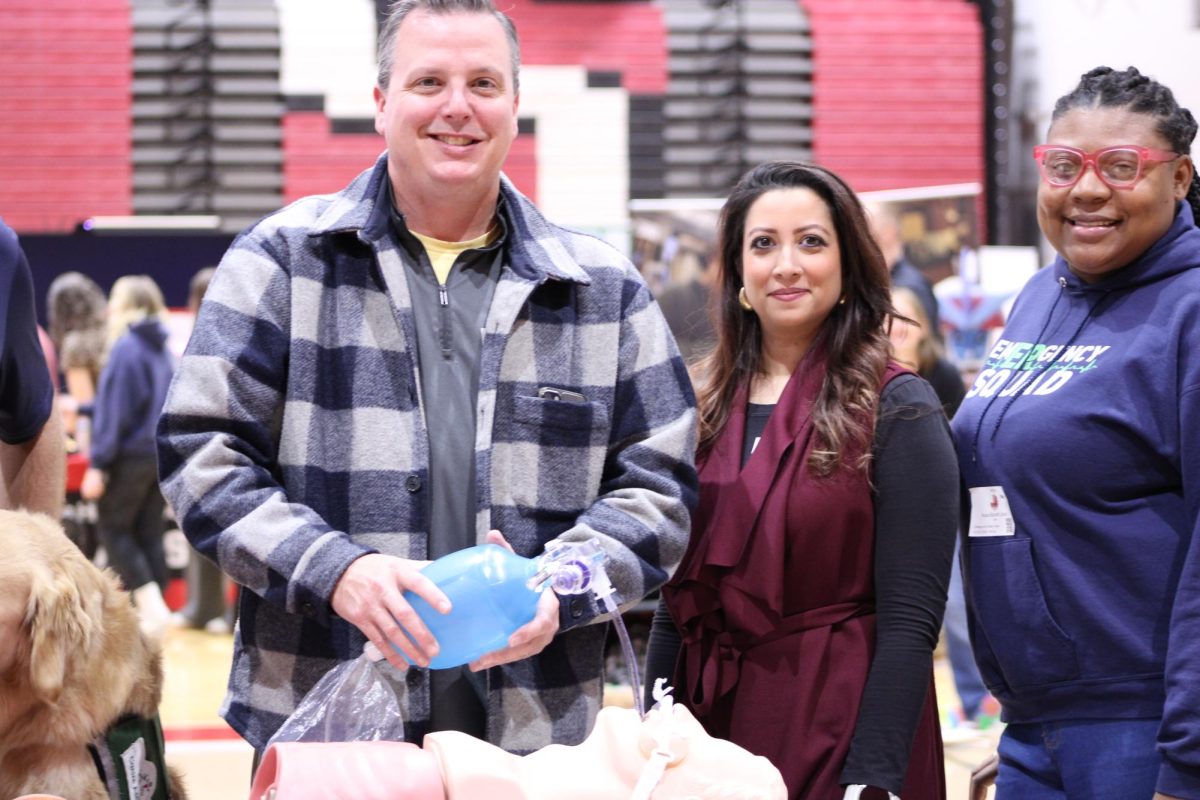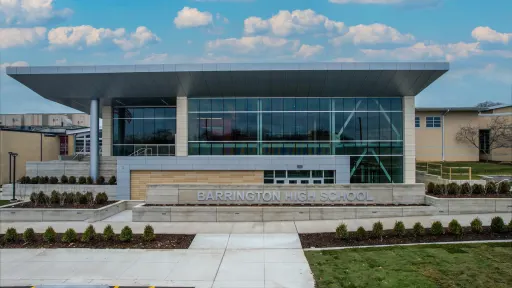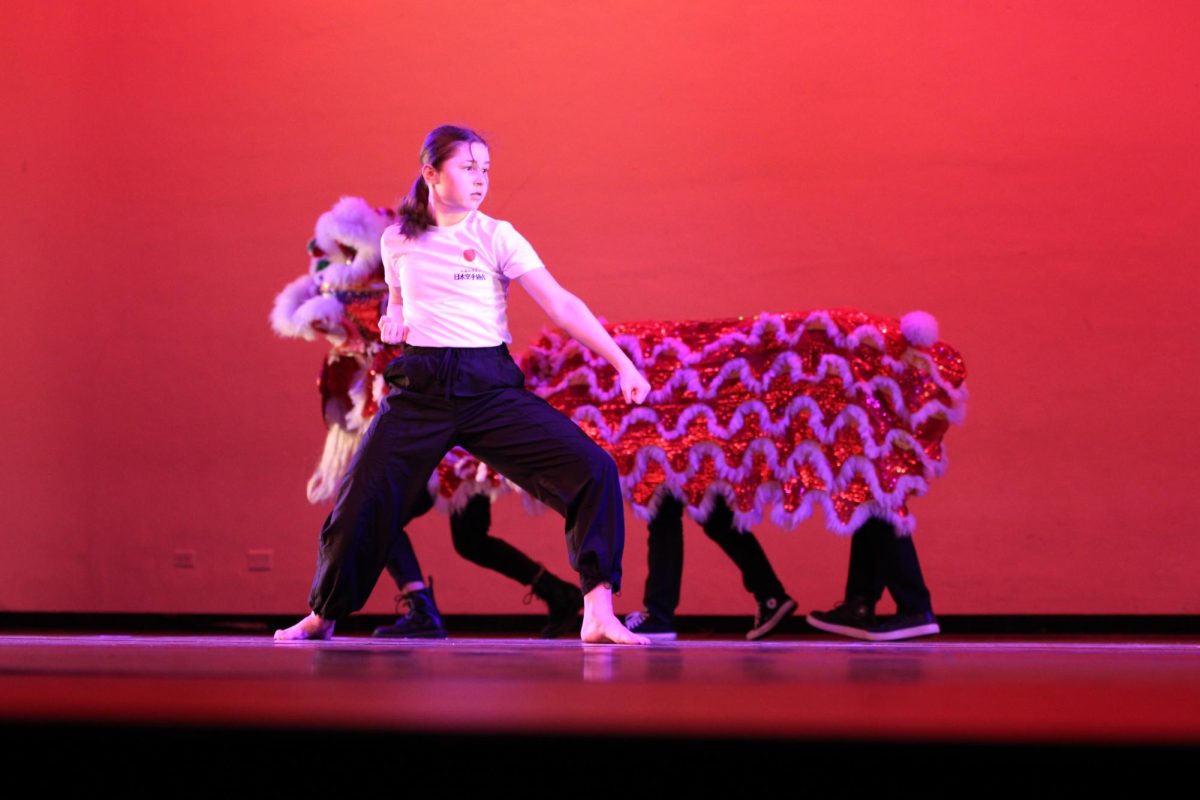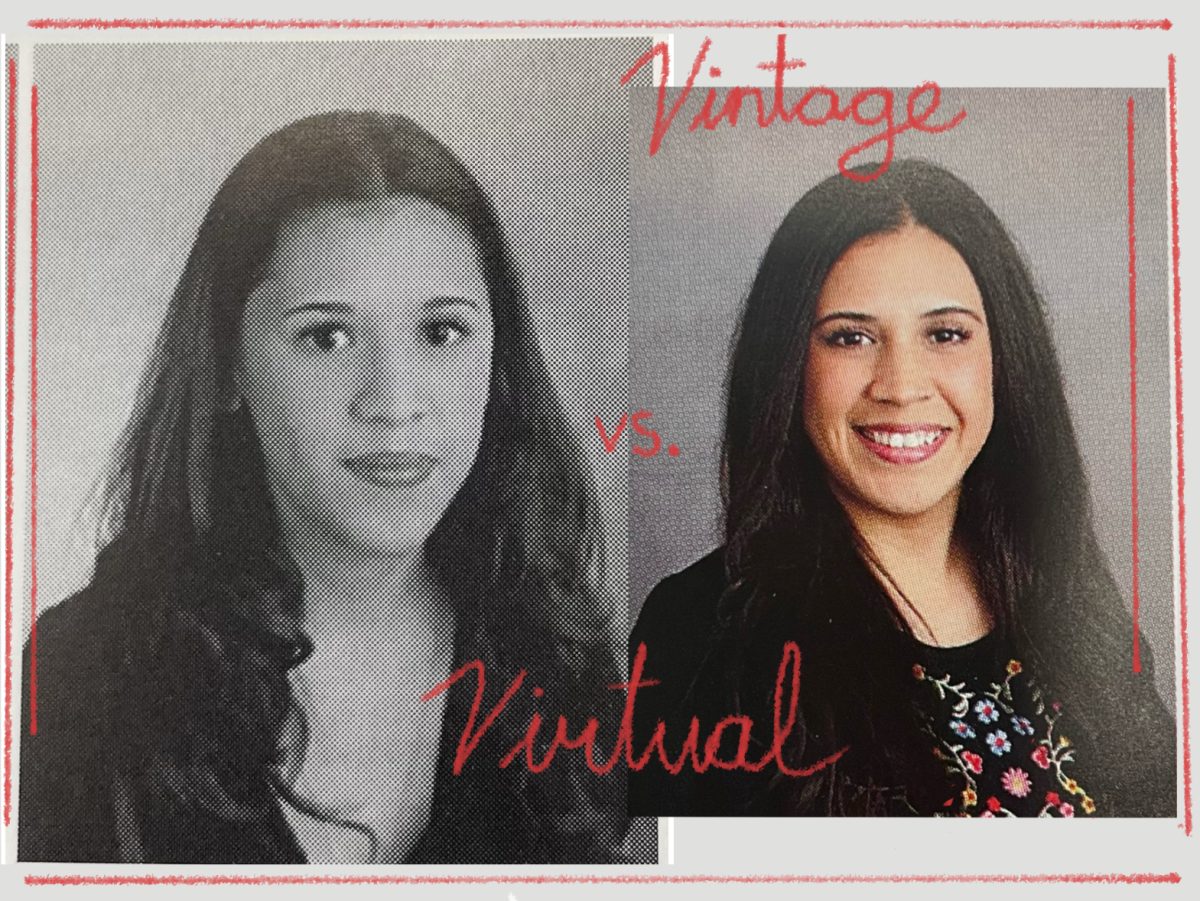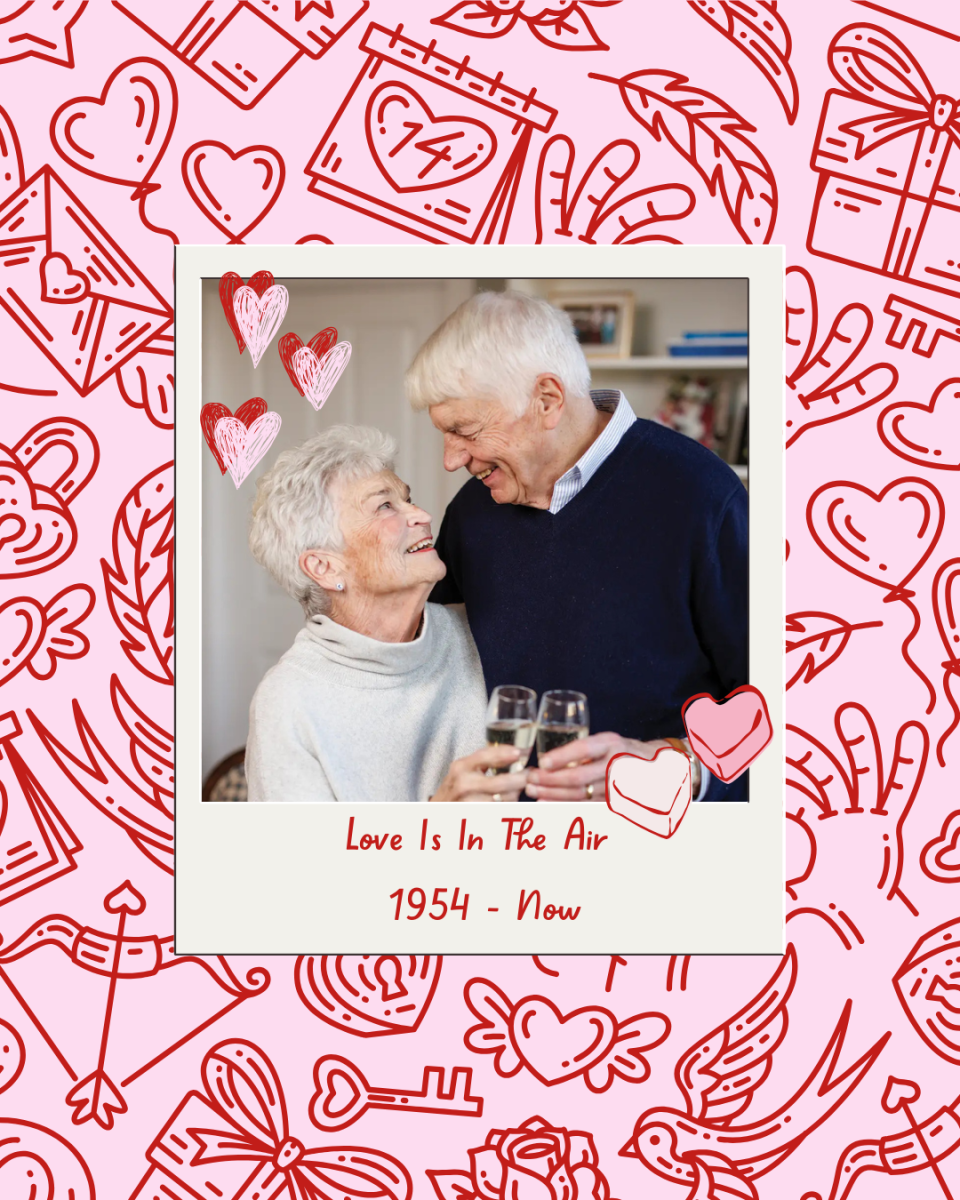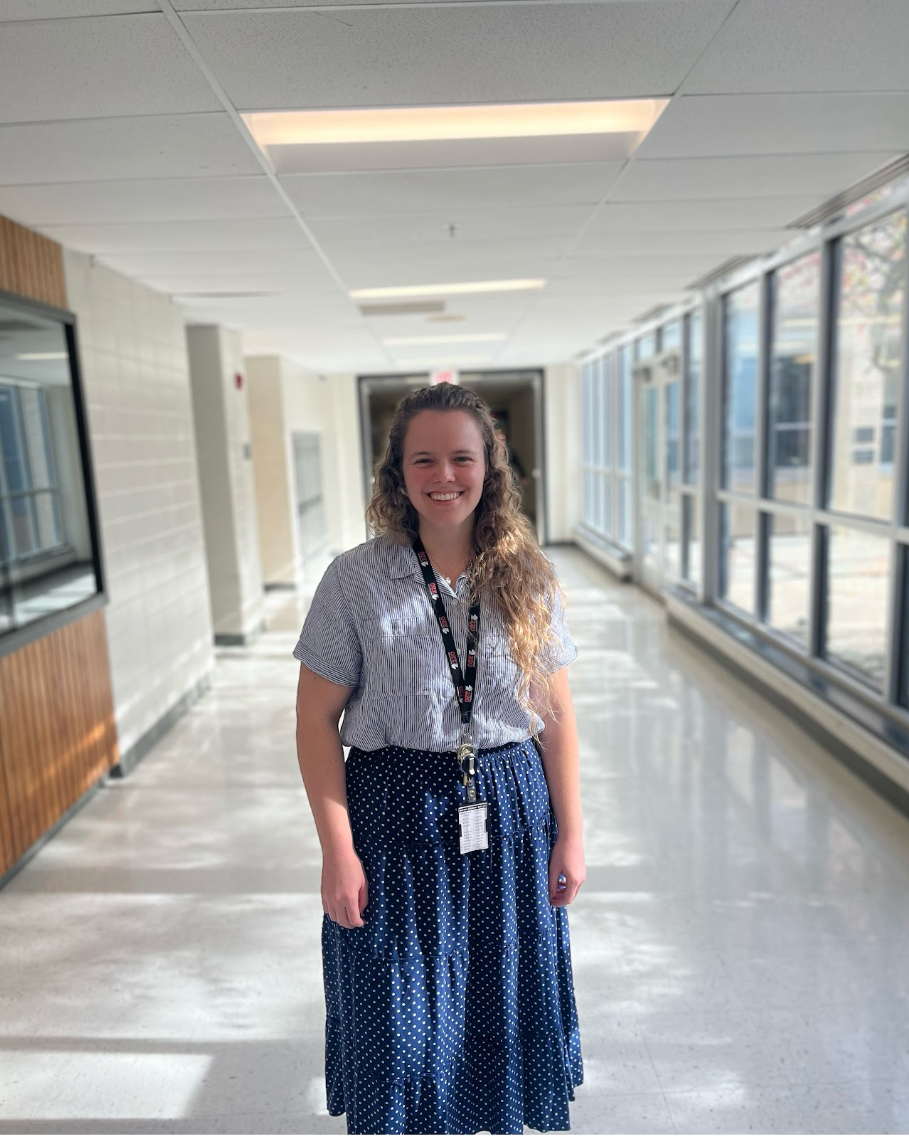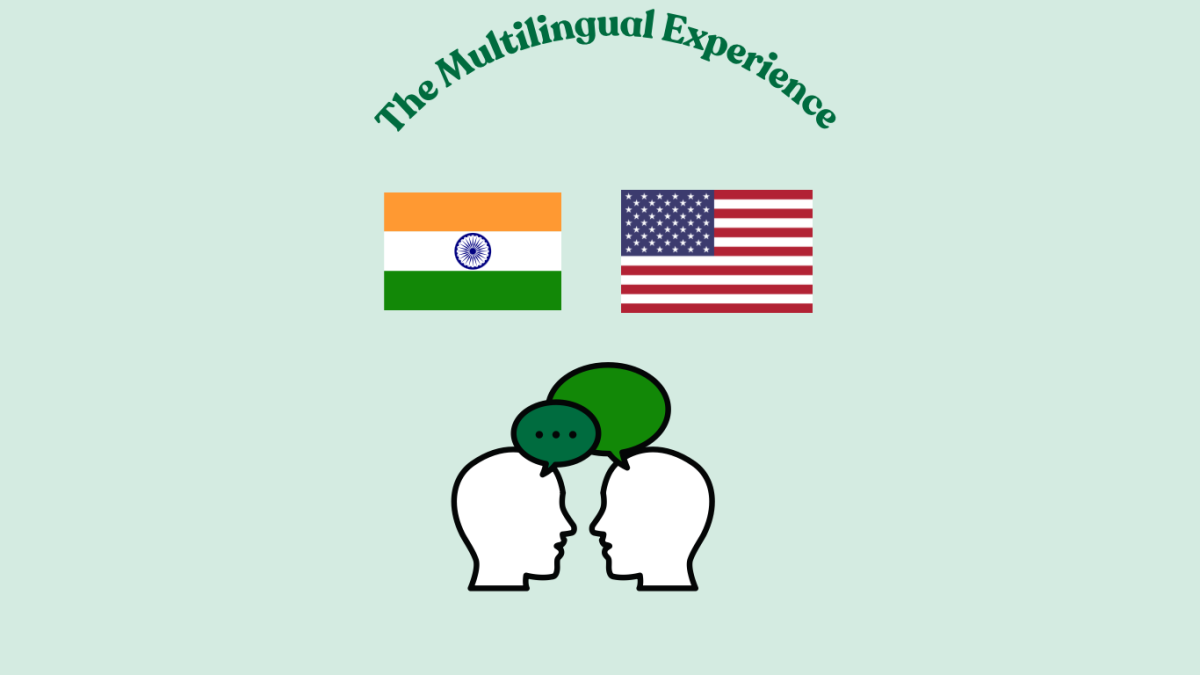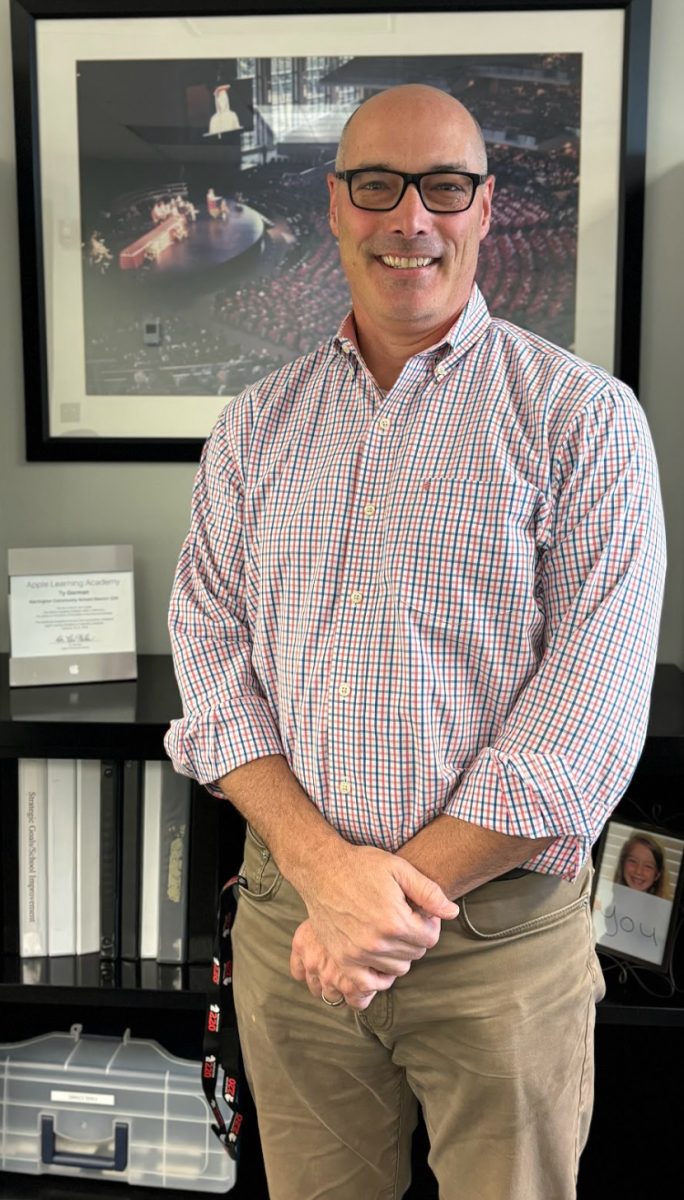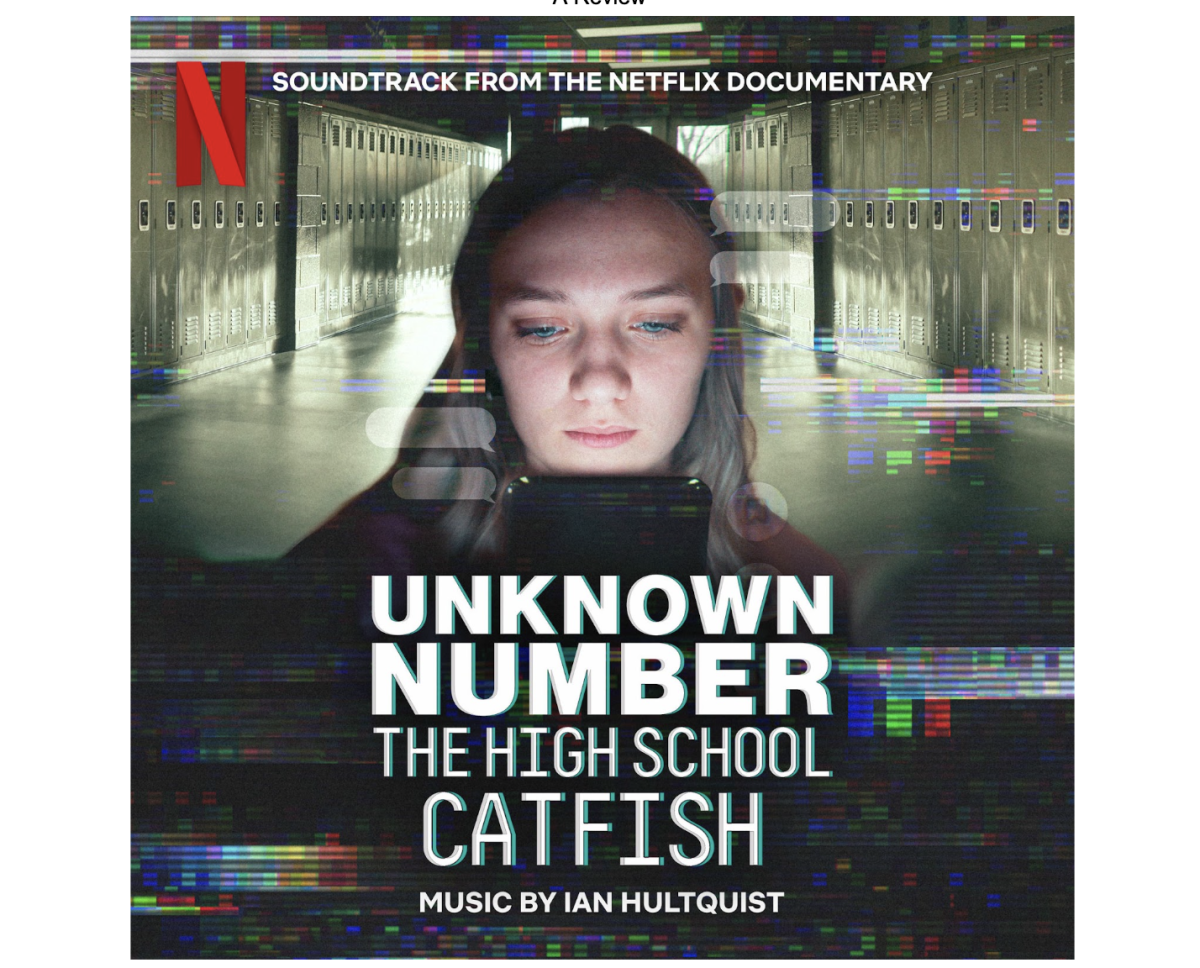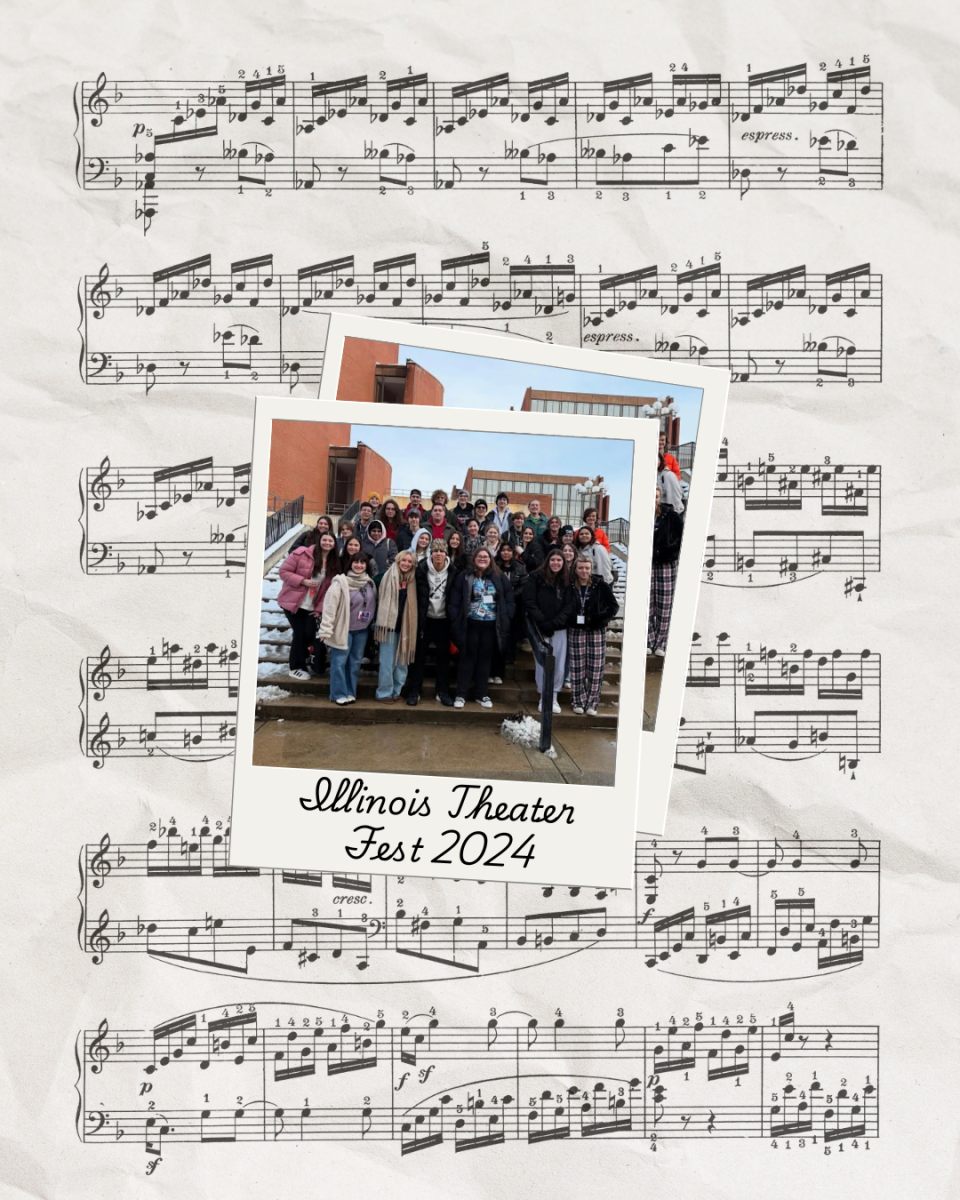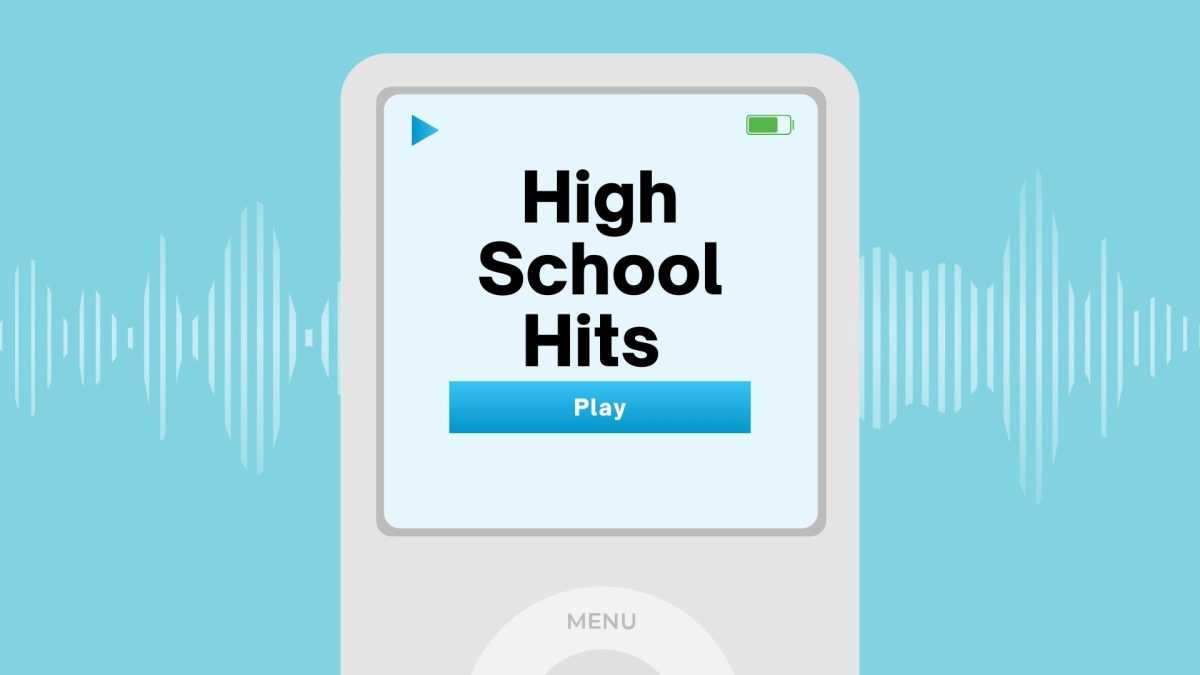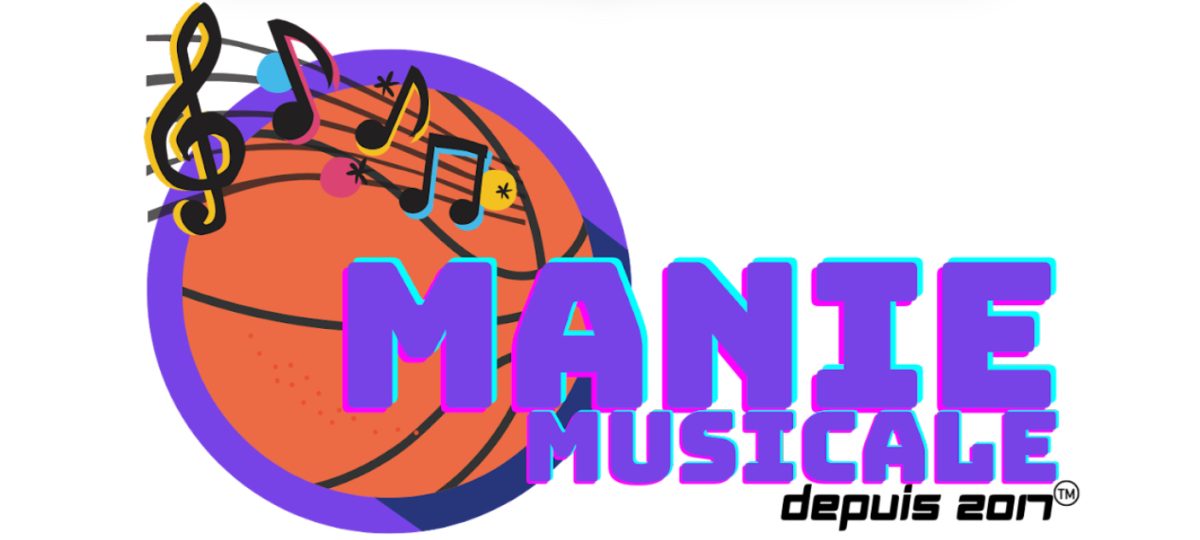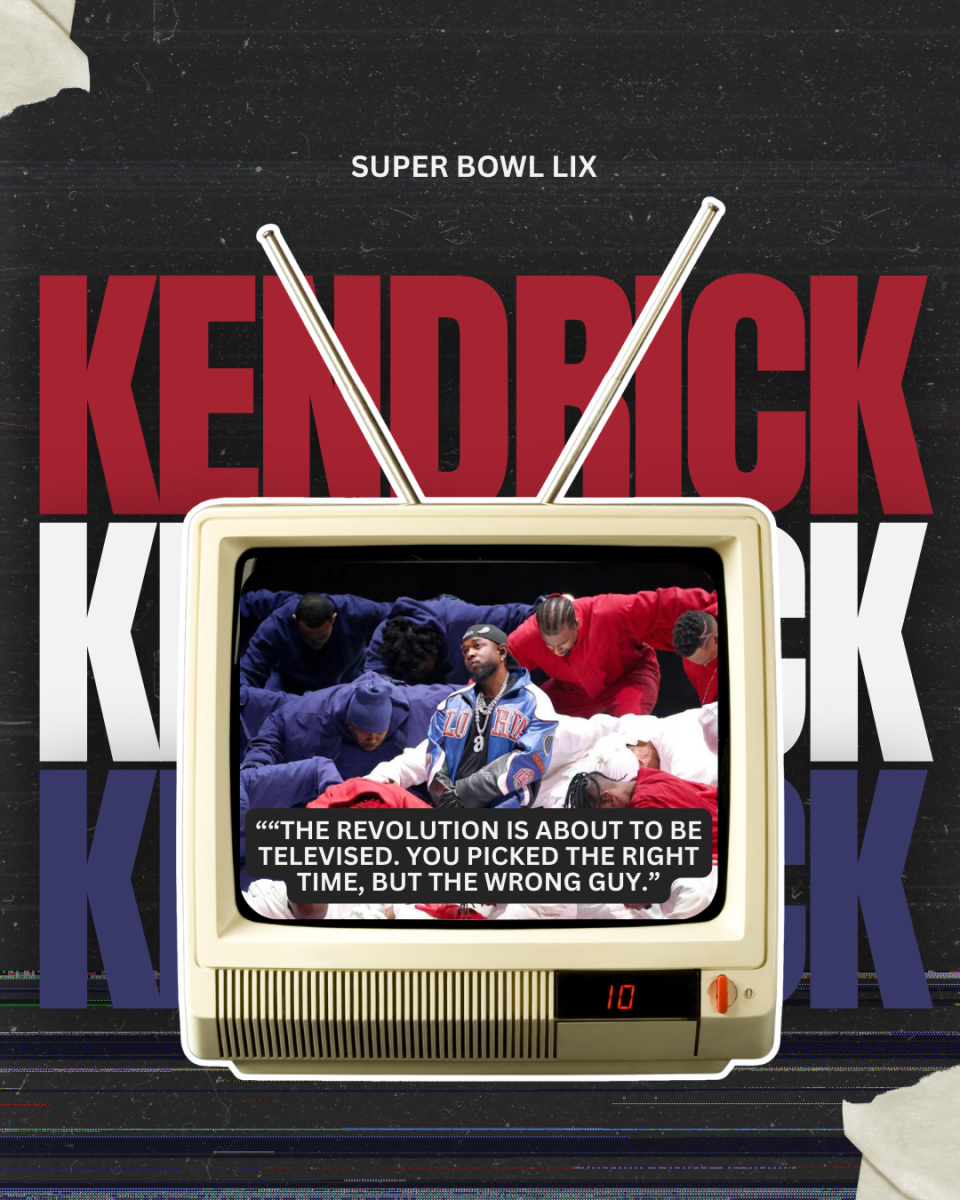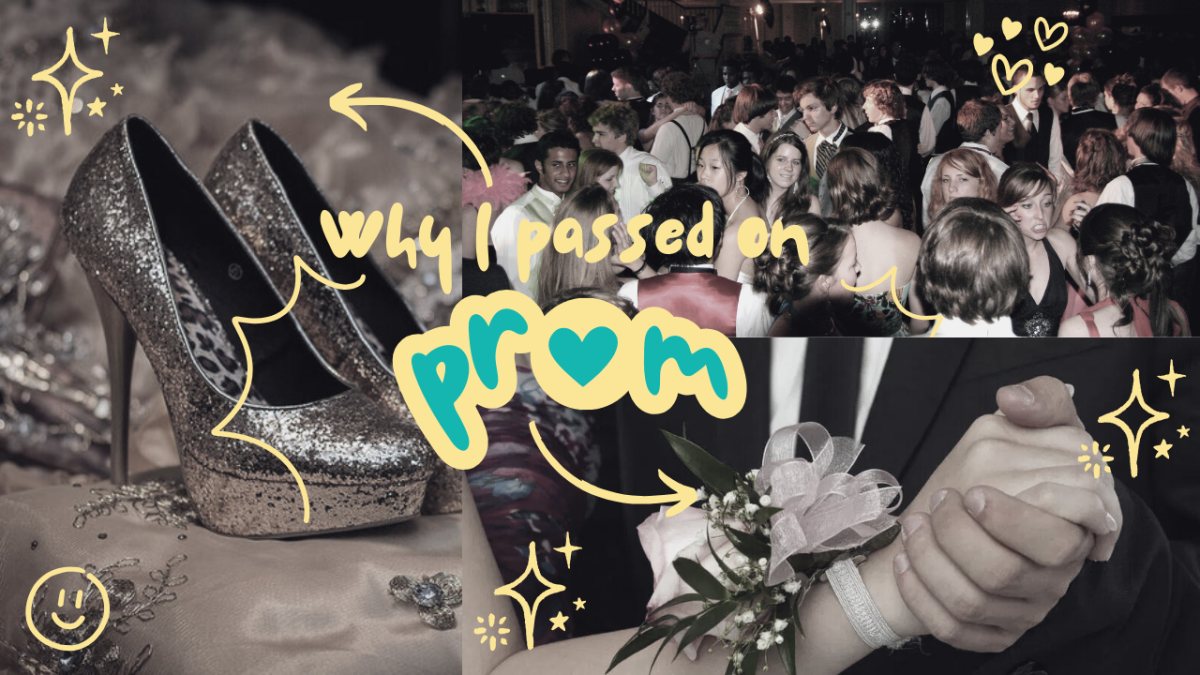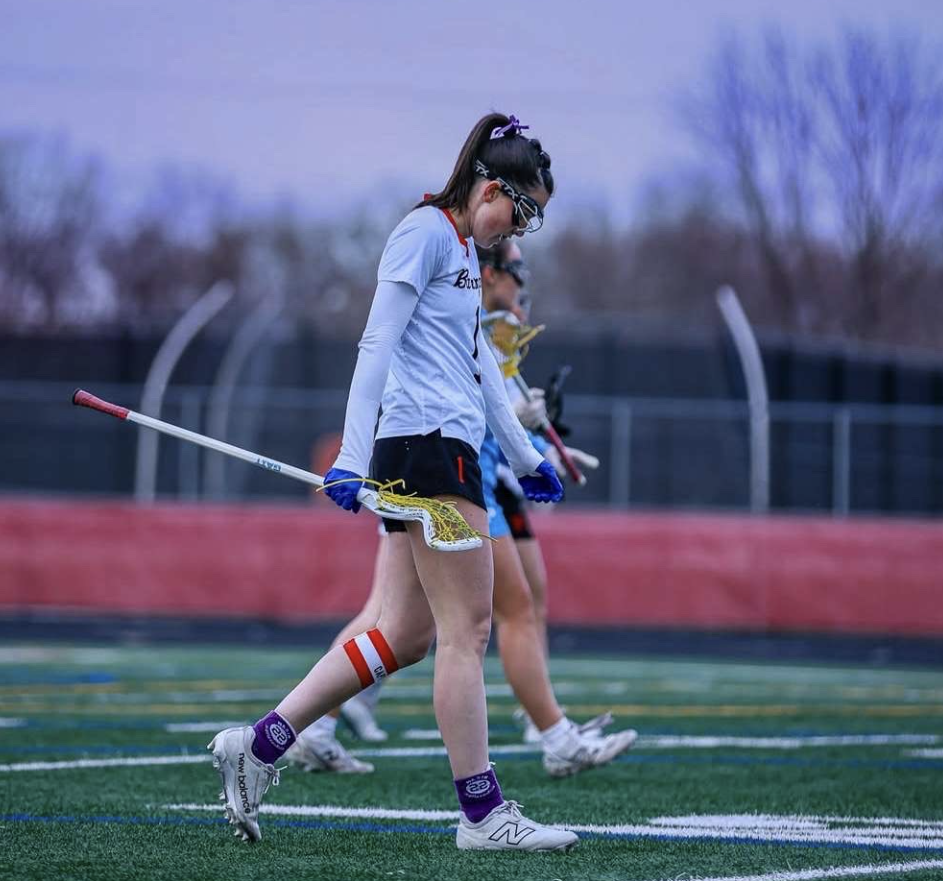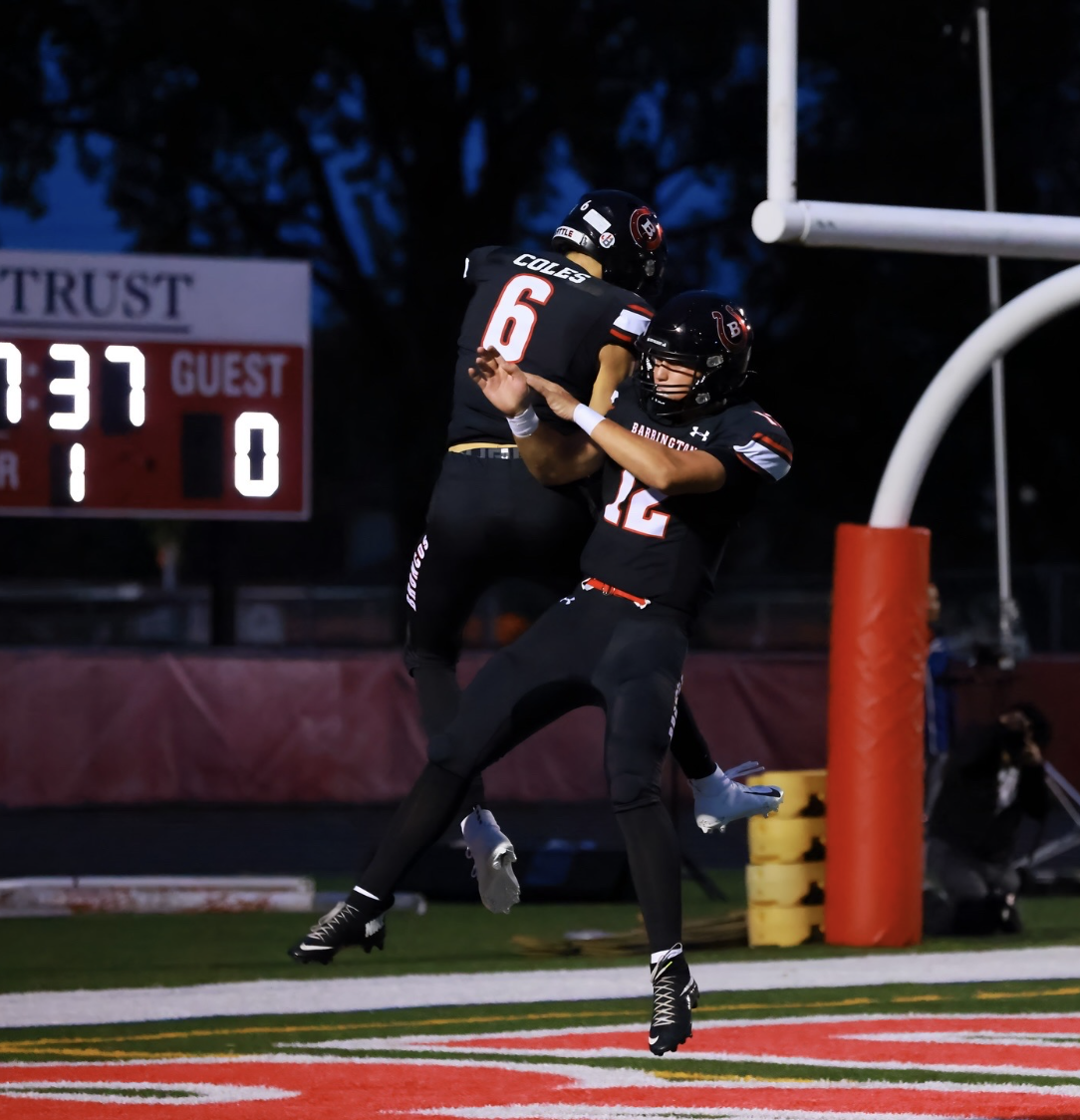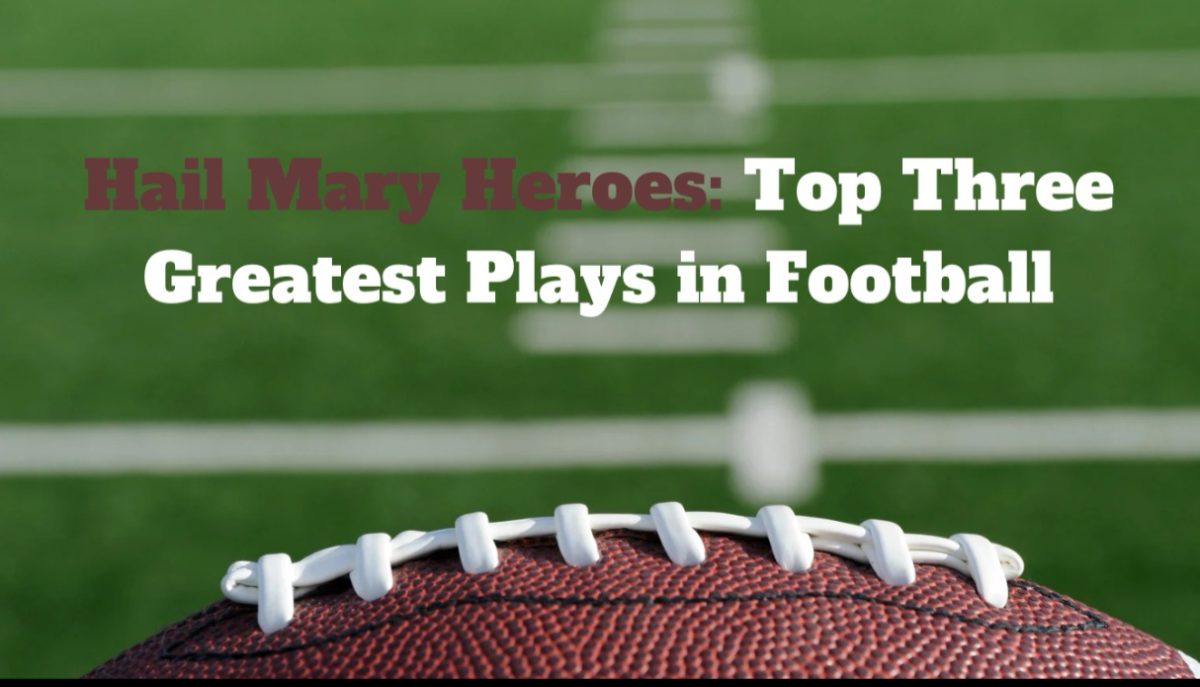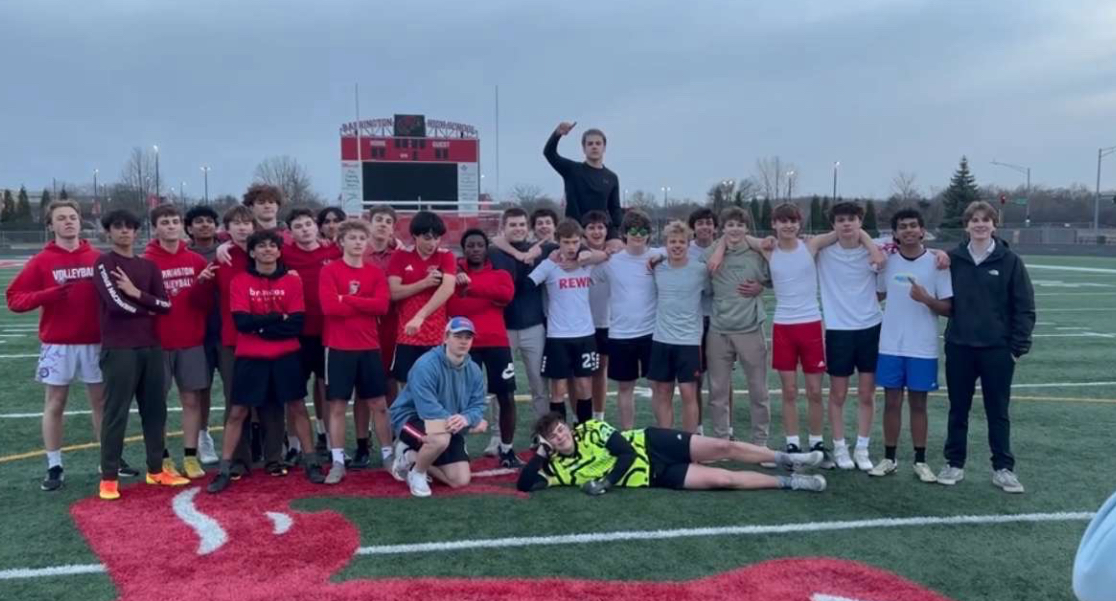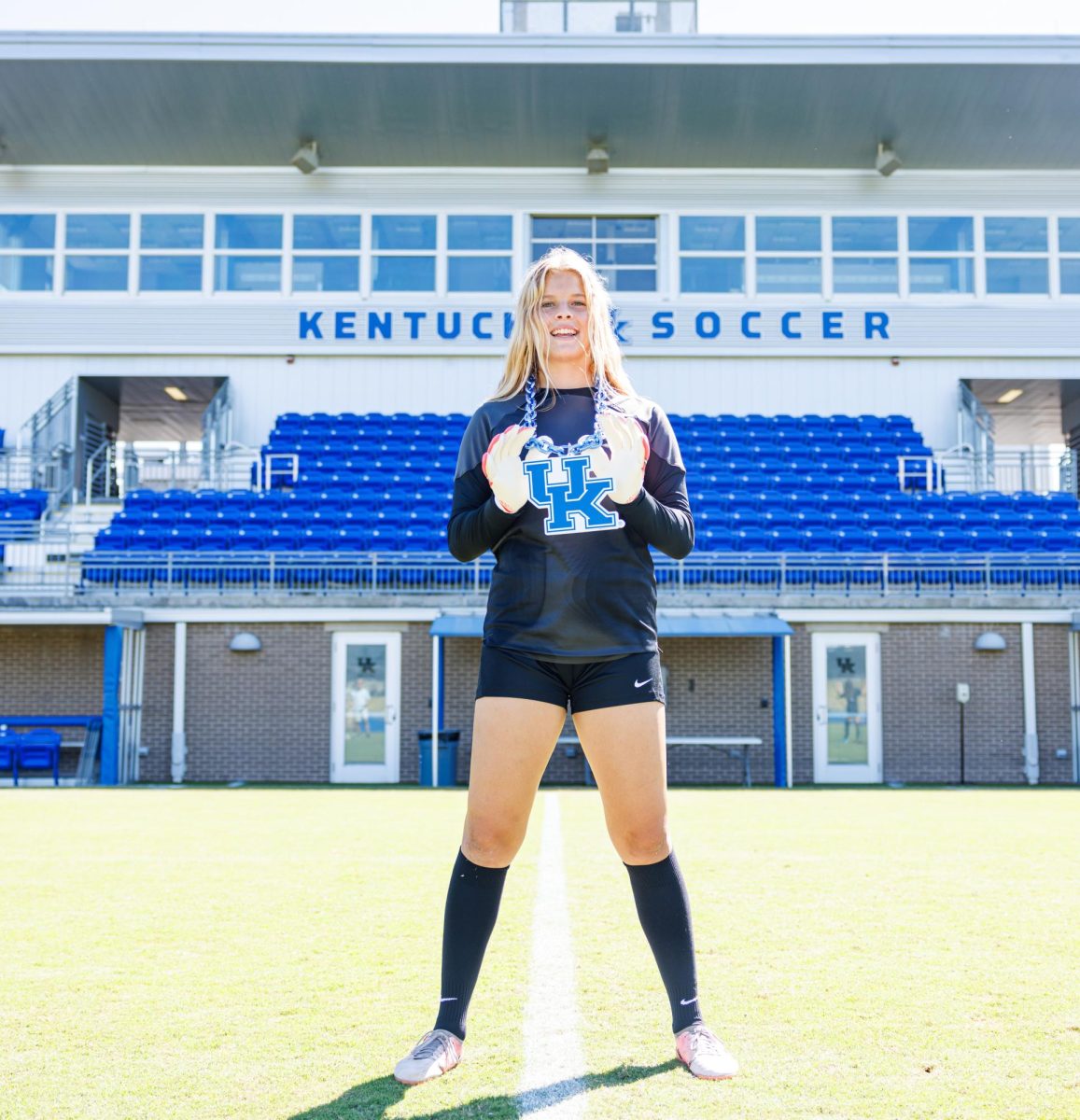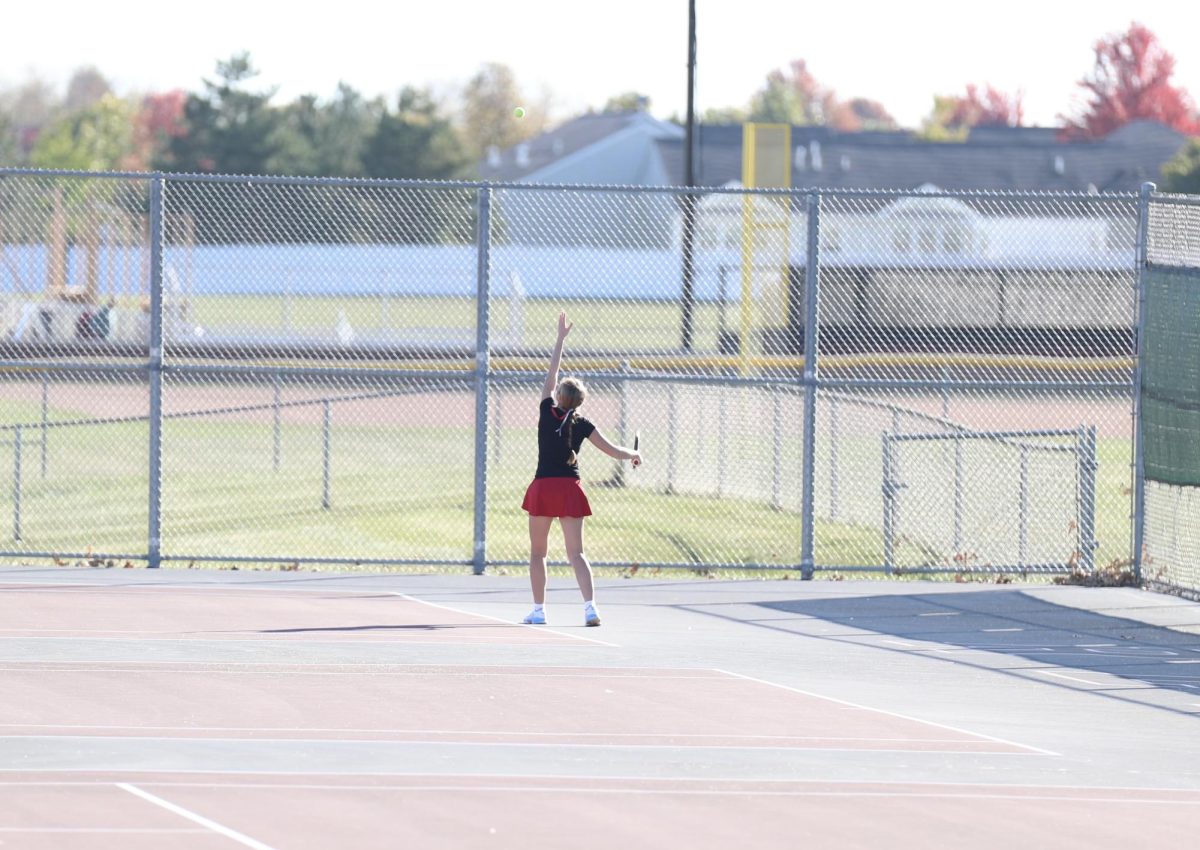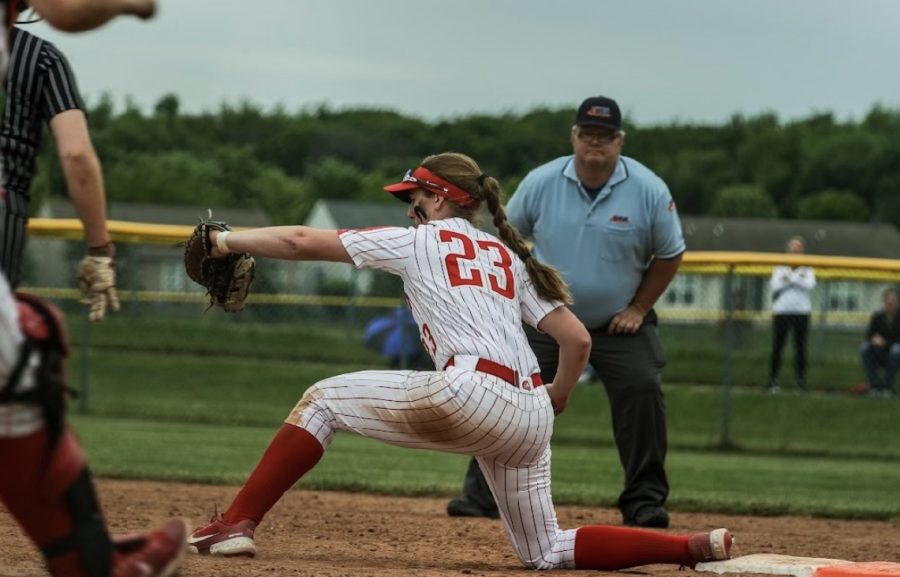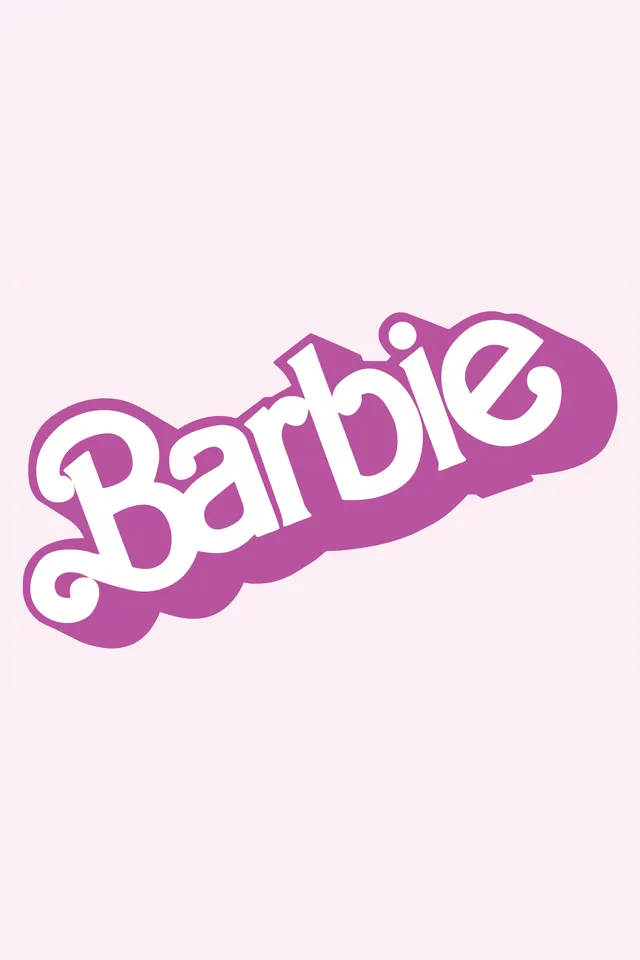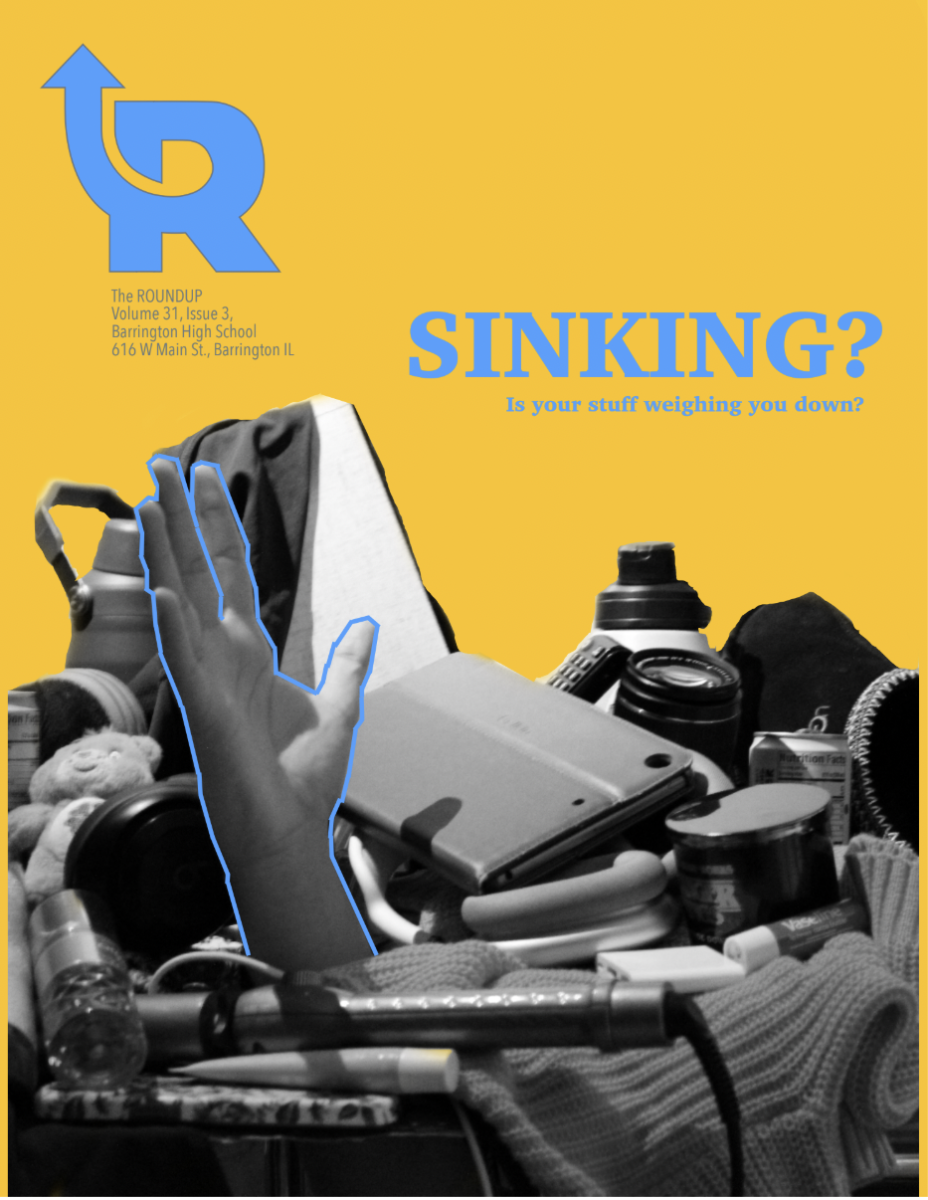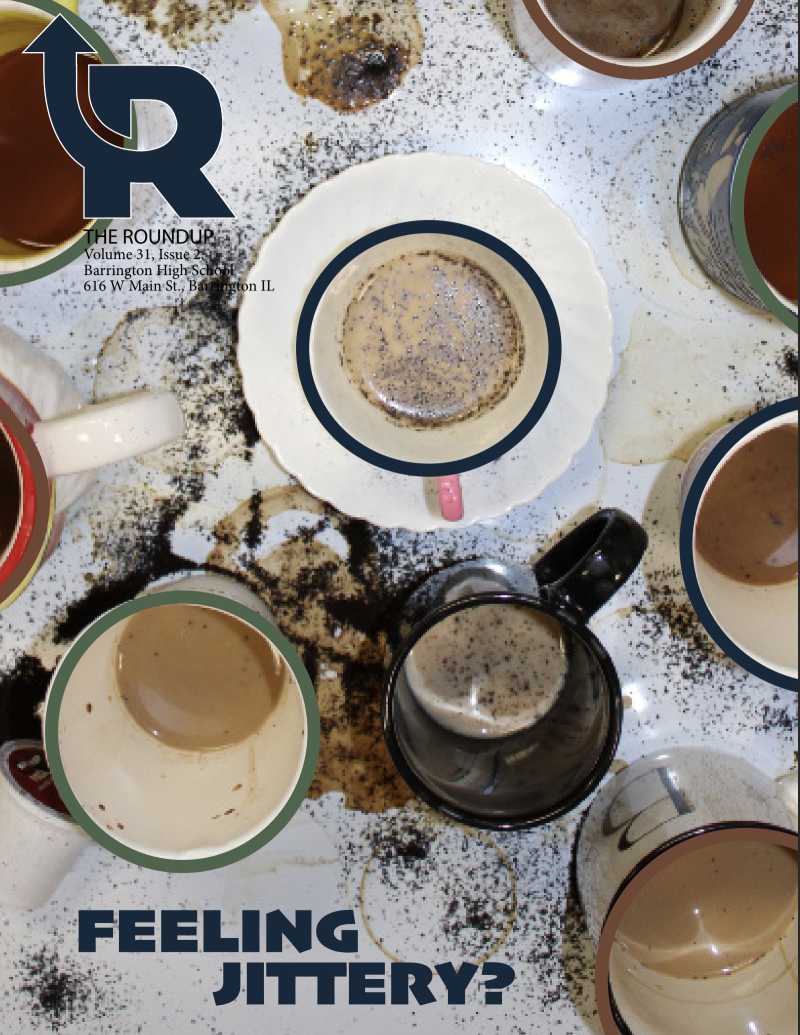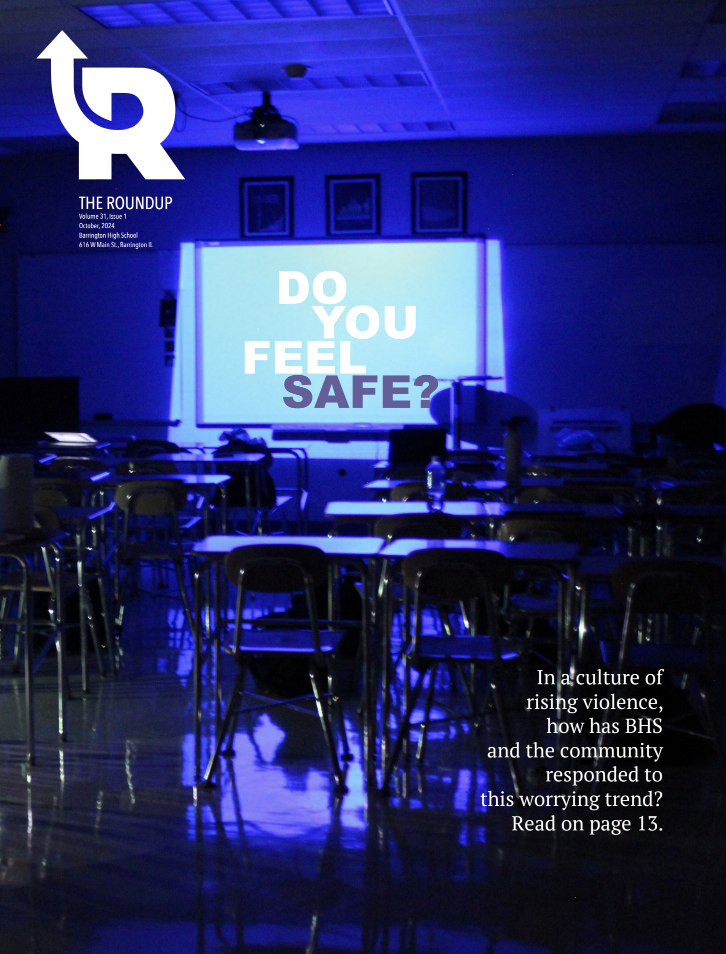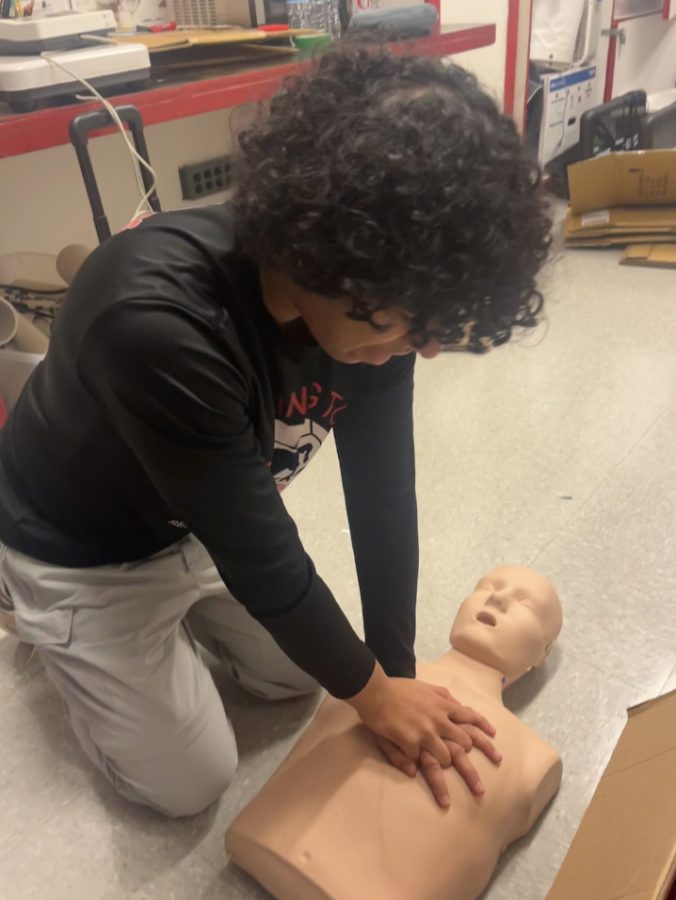Stayin’ alive: A look into the CPR course with Wendy Sanchez
Cardiopulmonary resuscitation, commonly known as CPR, has become an essential skill for people to learn as it holds the power to save lives. According to the website, Pro-CPR, 45 percent of out-of-hospital cardiac arrest victims survived when bystander CPR was administered. Wendy Sanchez, a long-time teacher of CPR and P.E., shares its importance and her expertise. Sanchez has taught CPR herself for 26 years and now also teaches how to administer an AED.
“My very best friend from college, her son, was 17 years old and had a cardiac arrest. I’ve always thought CPR is important, but being so close to a situation that was so severe, where CPR saved his life, made me feel the importance firsthand,” Sanchez said.
Although the high school has been teaching CPR for more than 25 years, in 2014-2015 teaching the AED (automated external defibrillator) has become state mandated.
“It’s amazing to test each one [student] and walk out knowing that every person is going to know how to help somebody that’s in need. I’m really proud when on the last day of the unit, I can really feel that every kid knows how to do this,” Sanchez said.
According to American CPR, approximately 7 million adults and children suffer disabling injuries in their own homes and backyards each year, resulting from accidents which may require CPR.
“Being able to administer CPR to a loved one or a friend in need is something that helps our families stay healthy if we ever were in severe need,” Sanchez said.
In the course, CPR dummies are used for students to learn and get a grasp on how it’d feel on a person. Students may feel nervous or apprehensive at first, but throughout the course, they learn to get familiar with using the dummies.
“I think that it gives us a good representation and knowledge of how fast and how deep to do compressions, and how to put on the AED,” Sanchez said.
Megan Lee, a sophomore enrolled in the CPR course taught by Sanzhez, feels the course has impacted her.
“I think the course did a great job of spending time in each step of CPR so we can succeed in saving lives. While we learned this unit, it made me feel very good that if I was ever put in a situation where someone could potentially lose their life, I could possibly save them or help them have a better chance of survival,” Lee said.
She also feels that the course has personally altered her outlook on CPR and life.
“It [the course] changed my perspective as this unit made CPR more personal to me. It made me think ‘anyone around me could be in danger’ and that changed my point of view,” Lee said.
Although students may think the knowledge won’t stick with them or be used in the future, it’s likely that some will end up confronted with a situation later related to CPR and AED application.
“Every semester I have students that come back to me and say, ’You won’t believe what happened!’ and they will go on with some long story about how they had to either administer or call 911 or be a part of the scenario” Sanchez said.
Your donation will support the student journalists at Barrington High School! Your contribution will allow us to produce our publication and cover our annual website hosting costs.

